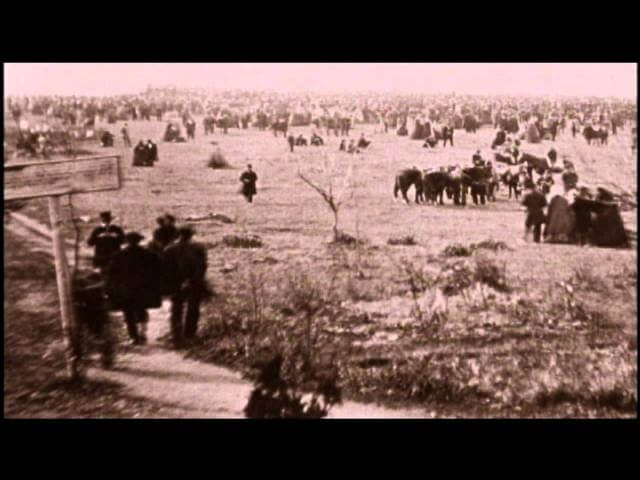Take a long trip through American history with documentarian Ken Burns

Pop culture can be as forbidding as it is inviting, particularly in areas that invite geeky obsession: The more devotion a genre or series or subculture inspires, the easier it is for the uninitiated to feel like they’re on the outside looking in. But geeks aren’t born; they’re made. And sometimes it only takes the right starting point to bring newbies into various intimidatingly vast obsessions. Gateways To Geekery is our regular attempt to help those who want to be enthralled, but aren’t sure where to start. Suggest future Gateways To Geekery topics by emailing [email protected].
Geek obsession: Documentarian Ken Burns
Why he’s daunting: Burns, the patron saint of PBS, doesn’t just make long films. He makes some of the longest. Technically, since they air on TV, they’re “miniseries,” but that shouldn’t discount that Burns remains one of the most famous American documentarians. Really, only Errol Morris and Michael Moore are on his level for critical acclaim and widespread recognition, and Burns’ projects have reached arguably more people than either of the other two. Many of his massive projects would take the better part of a day to watch straight through. His longest film, Jazz, runs 19 hours, with Baseball is right behind it at 18-and-a-half hours. While he has shorter films (including his upcoming The Address, an atypical film shot in cinema verité style, debuting April 15), he’s most known for these behemoths.
If there’s a word or phrase people associate Burns with above all others, it’s “history.” (That is, if it’s not “pledge drive.”) The director’s lifelong project is to illuminate all corners of America’s past, both recent and long ago. He first broke through with 1990’s The Civil War, which also cemented his directorial style in the eyes of the public: slow panning shots over historical photographs, designed to give the appearance of motion to something immobile; famous actors reading voiceovers from the time period being depicted; occasional talking heads; footage of important historical sites as they look now. Burns doesn’t often use reenactments or anything similar, and even his films documenting the 20th century use fewer film clips than many other historical documentarians. Instead, he aims to reanimate the past by borrowing from the world of radio, using words to evoke a time and place in the imagination. Burns’ style has surely become a cliché, but that’s because when it was new, it was so different others in the field rushed to copy him. And for as much as Burns’ style has marked him, he continues to try new things, well into his fourth decade of filmmaking. The Address is very different from anything he’s done in years, and The Dust Bowl was a terrifically successful mini-epic.
Granted, Burns can be guilty of trying too hard to make his point, and his projects sometimes seem almost too comprehensive, as if trying to be the definitive documents of a particular period in American history. His miniseries have suffered from a definite and growing sense of bloat over the years. But even so, they’re always packed with vignettes and moments and memories that make them worth it. As Burns’ PBS empire continues to grow—he has films announced through 2019 and has begun planning with the network for what he’ll be doing in the next decade—it’s a fitting time to look back at the first 33 years of it.
Possible gateway: The Dust Bowl
Why?: The 2012 film The Dust Bowl occupies an excellent middle ground for the burgeoning Burns enthusiast. For one thing, it’s one of his best films. For another, it’s only four hours long, sitting comfortably between his shorter projects and the long miniseries he’s best known for. That said, it’s the kind of film where watching all of it in one night may prove to be too much, so it makes sense to watch its two installments over the course of two evenings.
Simply put, The Dust Bowl is one of Burns’ most harrowing films. While the mix of voiceovers, still photos, and talking heads changes slightly from film to film, this one emphasizes the talking heads to a far greater degree than most other items in his filmography. Burns has found many remaining survivors of the Dust Bowl, and he puts them on camera to talk, unflinchingly, about living in a time when many of them had no guarantee they would be getting anything to eat, when dust storms would be so terrible their lungs became clogged with soil. Most of these people, now elderly, were children in the 1930s, which only increases the level of pathos. That they survived at all seems a miracle.








![HBO teases new Euphoria, Larry David, and much more in 2026 sizzle reel [Updated]](https://img.pastemagazine.com/wp-content/avuploads/2025/12/12100344/MixCollage-12-Dec-2025-09-56-AM-9137.jpg)































